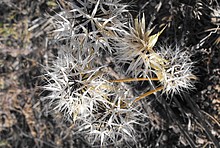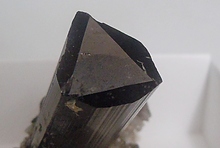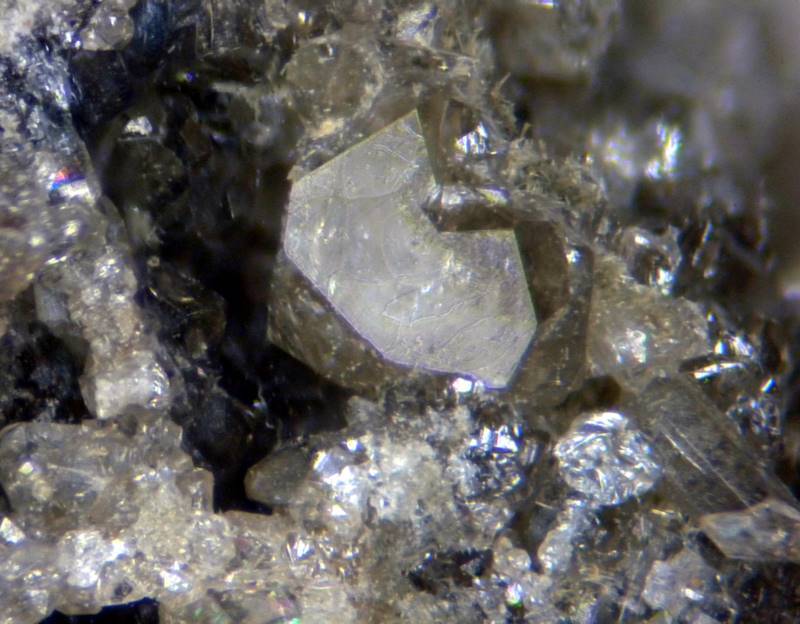Learning CenterWhat is a mineral?The most common minerals on earthInformation for EducatorsMindat ArticlesThe ElementsThe Rock H. Currier Digital LibraryGeologic Time
搜索矿物的性质搜索矿物的化学Advanced Locality Search随意显示任何一 种矿物Random Locality使用minID搜索邻近产地Search Articles搜索词汇表更多搜索选项
╳Discussions
💬 Home🔎 Search📅 LatestGroups
EducationOpen discussion area.Fakes & FraudsOpen discussion area.Field CollectingOpen discussion area.FossilsOpen discussion area.Gems and GemologyOpen discussion area.GeneralOpen discussion area.How to ContributeOpen discussion area.Identity HelpOpen discussion area.Improving Mindat.orgOpen discussion area.LocalitiesOpen discussion area.Lost and Stolen SpecimensOpen discussion area.MarketplaceOpen discussion area.MeteoritesOpen discussion area.Mindat ProductsOpen discussion area.Mineral ExchangesOpen discussion area.Mineral PhotographyOpen discussion area.Mineral ShowsOpen discussion area.Mineralogical ClassificationOpen discussion area.Mineralogy CourseOpen discussion area.MineralsOpen discussion area.Minerals and MuseumsOpen discussion area.PhotosOpen discussion area.Techniques for CollectorsOpen discussion area.The Rock H. Currier Digital LibraryOpen discussion area.UV MineralsOpen discussion area.Recent Images in Discussions
GeneralColorless cassiterite from Bolivia

20th Feb 2012 04:28 UTCSteve Stuart Expert
Also on the specimen are these off-white or tan needles. What might they be?
Thanks!
Steve Stuart

20th Feb 2012 04:35 UTCAlfredo Petrov Manager
20th Feb 2012 07:50 UTCKeith Compton 🌟 Manager
Firstly all I can say is that I would love to acquire such a piece.
As Alfredo states it is surprising that more is not found. I suggest that the answer to that is that it is simply misidentified. It is not expected to be clear. May even be thought of by miners, at first glance, as valueless Quartz. Some of the recent Chinese material is very transparent - though I have not seen colourless - perhaps some will show up. It doesn't make it more valuable per se just very unusual.
Cheers
20th Feb 2012 10:00 UTCGeorge Eric Stanley Curtis
I live in Cornwall, with tin mines everywhere all around me, and cassiterite is fairly common.
I can confirm that colourless cassiterite does exist, though not as frequently found as the brown stuff.
All the best
Eric

21st Feb 2012 03:50 UTCSteve Stuart Expert
Steve

21st Feb 2012 04:59 UTCNoah Horwitz

21st Feb 2012 05:14 UTCAlfredo Petrov Manager

26th Feb 2012 01:39 UTCSteve Stuart Expert
Thanks!
Steve

26th Feb 2012 04:37 UTCAlfredo Petrov Manager

26th Feb 2012 05:28 UTCSteve Stuart Expert

26th Feb 2012 11:16 UTCBart Cannon
Back in the late 1950s a 25 pound pure lump of cassiterite was brought in to the U.S. Bureau of Mines Seattle Office.
It was found by a road grater operator near the Monroe, Washington city dump. The noise of the encounter was loud enough that the grator operator got out of his cab and pulled the specimen out of the road bed, and he delivered to the USBM where the late Elwin Magill identified it as cassiterite.
Since tin was a strategic metal at that time, he initiated a very detailed prospecting program to find its source. Careful and exhaustive stream sediment prospecting was conducted all up and down the nearby drainages. Nothing but a trace of tin in a roadcut near Skyomish was ever found.
The source of that boulder remained a mystery until around 1990 when Larry Jeffers, owner of a mineral shop in Seattle's Pioneer Square named Semantics Underground showed me a flat of cassiterites from Tin City, Alaska.
BINGO ! That was the stuff ! Light brown cassiterites grading to colorless exactly like the piece that Magill had saved on his dusty shelf.
The theory was that 60 years ago a miner returned to Monroe from Alaska had tossed out a lump of cassiterite into the Monroe city dump.
And thus another example of the scourge of field collectors was born. Specimen dumping hundreds of miles from their true source.
Just like back in 1965 when my little brother found an amazonite cluster on top of the dump of the Ibex Mine in Leadville, Colorado.
Pack dumping. It's a problem. But haven't we all done it?
p.s. I sell that colorless cassiterite as a electron probe reference material to this day. Better than synthetic tin oxide.
~Bart




版权所有© mindat.org1993年至2024年,除了规定的地方。 Mindat.org全赖于全球数千个以上成员和支持者们的参与。
隐私政策 - 条款和条款细则 - 联络我们 - Report a bug/vulnerability Current server date and time: 2024.4.19 19:27:39
隐私政策 - 条款和条款细则 - 联络我们 - Report a bug/vulnerability Current server date and time: 2024.4.19 19:27:39













